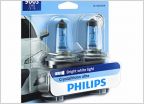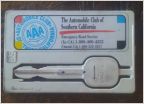-
Welcome to Tacoma World!
You are currently viewing as a guest! To get full-access, you need to register for a FREE account.
As a registered member, you’ll be able to:- Participate in all Tacoma discussion topics
- Communicate privately with other Tacoma owners from around the world
- Post your own photos in our Members Gallery
- Access all special features of the site
Air intake tube attachment removal
Discussion in '1st Gen. Tacomas (1995-2004)' started by kLeibow, Jan 3, 2016.


 Head Lights
Head Lights How much ($) into your 1st gen from start to finish
How much ($) into your 1st gen from start to finish Front diff axle seals...different right and left?
Front diff axle seals...different right and left? Key copy prices
Key copy prices







































































